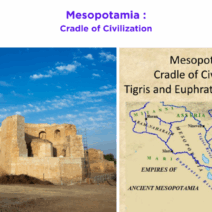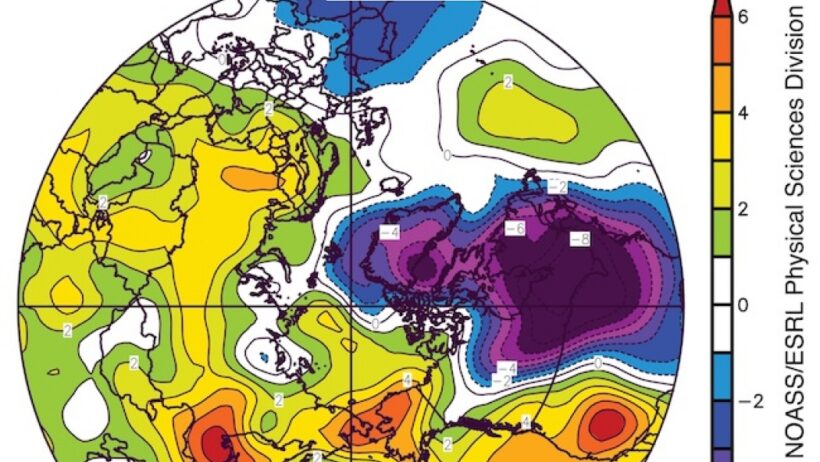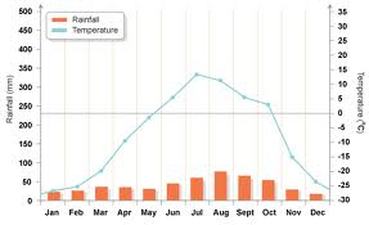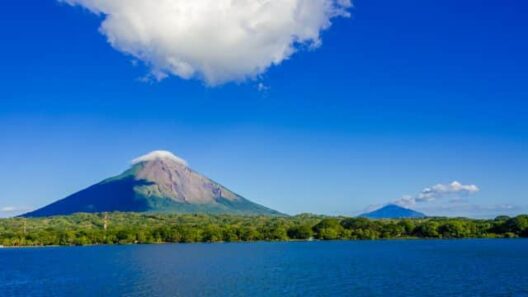North America, a vast continent characterized by diverse topographical features and climates, encompasses a range of climatic zones. From the frigid Arctic tundra in the north to the arid deserts of the southwest, the continent’s climate varies significantly from region to region. Understanding this complexity is crucial for addressing the pressing issues of climate change and its diverse impacts across various ecosystems.
The northernmost regions of North America, including parts of Alaska and Canada, are dominated by the Arctic climate, marked by severely cold temperatures and extreme seasonal variations in daylight. The Arctic region serves as a crucial barometer for climate change, as it is warming at nearly twice the global average. Melting ice caps and diminishing sea ice have become emblematic of this phenomenon. For instance, recent observations indicate that Arctic sea ice is dwindling toward record lows, drastically affecting both marine and terrestrial ecosystems. The loss of ice not only impacts species like polar bears and seals, who rely on ice for hunting and reproduction, but also has broader implications for global sea levels.
Traveling southward, the subarctic and boreal forests of Canada present a different yet equally vital perspective on climate. This region is characterized by its dense coniferous forests and colder temperatures. The boreal forests play a significant role in carbon sequestration, but they are also vulnerable to disturbances such as wildfires and insect infestations, which are exacerbated by rising temperatures. The change in climate is leading to shifts in species composition and the health of these vital ecosystems.
The central plains of the continent, often referred to as the Great Plains, showcase the temperate climate zone. This region is characterized by hot summers and cold winters, with moderate precipitation that supports agricultural activities. However, this area is also subject to extreme weather events, including tornadoes and droughts. The increasing unpredictability of weather patterns, influenced by climate change, poses a significant challenge for farmers who rely on stable conditions to maintain crop yields. Adaptive strategies in agriculture, such as crop diversification and improved irrigation techniques, are increasingly necessary to mitigate these risks.
Moving further south, the southeastern United States features a humid subtropical climate, with warm, wet summers and mild winters. The region is prone to hurricanes and tropical storms, which are intensifying due to warming ocean temperatures. These storms can lead to devastating flooding and damage, affecting millions of residents annually. The socio-economic impact of such weather events cannot be overstated; communities must navigate the recovery process while grappling with the increasing frequency of these occurrences.
As we continue westward, we encounter the semi-arid and arid climates of the southwestern United States and northern Mexico. The regions, characterized by desert landscapes and dramatic temperature fluctuations, face unique climatic challenges. Increased temperatures coupled with reduced precipitation have led to severe drought conditions, threatening water supplies and agricultural production. The ongoing issue of water scarcity has far-reaching effects on local populations, agriculture, and the environment. Sustainable water management practices are essential to ensure the longevity of these arid ecosystems.
In stark contrast to the blistering heat of the southwest, coastal regions along the Pacific, such as California’s coastline, exhibit a Mediterranean climate. Characterized by dry summers and wet winters, this region supports a rich biodiversity and a vibrant agricultural sector. However, the threat of wildfires looms large during prolonged drought periods, exacerbated by climate change. The interplay of climate conditions necessitates that policymakers prioritize fire prevention and sustainable land management practices to protect both human and wildlife populations.
The climatic diversity of North America extends to its mountainous regions, exemplified by the Rocky Mountains and the Sierra Nevada. These areas experience significant changes in climate with elevation, ranging from alpine and tundra climates to subalpine forest ecosystems. Climate change poses a unique threat in these regions, with glacial retreat observed in both the Rockies and Sierras. The melting glaciers that once provided vital water supplies to millions are dwindling, raising concerns over future water availability. Moreover, shifting climatic conditions in these habitats affect flora and fauna, leading to changes in ecological dynamics.
Even the Great Lakes, which hold a significant portion of the world’s freshwater supply, face challenges due to climate change. Warmer temperatures increase evaporation rates, potentially lowering water levels and disrupting the ecosystems that rely on these vast bodies of water. The effects ripple out to affect fishing industries, drinking water sources, and recreational activities.
Ultimately, the climate of North America is a tapestry woven from myriad threads of ecological diversity, varying weather patterns, and geographic influences. Each region faces distinct challenges related to climate change, necessitating a multifaceted approach to policy and conservation efforts. Public awareness and proactive adaptation strategies are essential in combating the adverse effects of climate change, ensuring the protection of North America’s diverse climate and ecosystems for future generations. Through a collaborative effort involving communities, scientists, and policymakers, it is possible to cultivate resilience in the face of this existential challenge.







